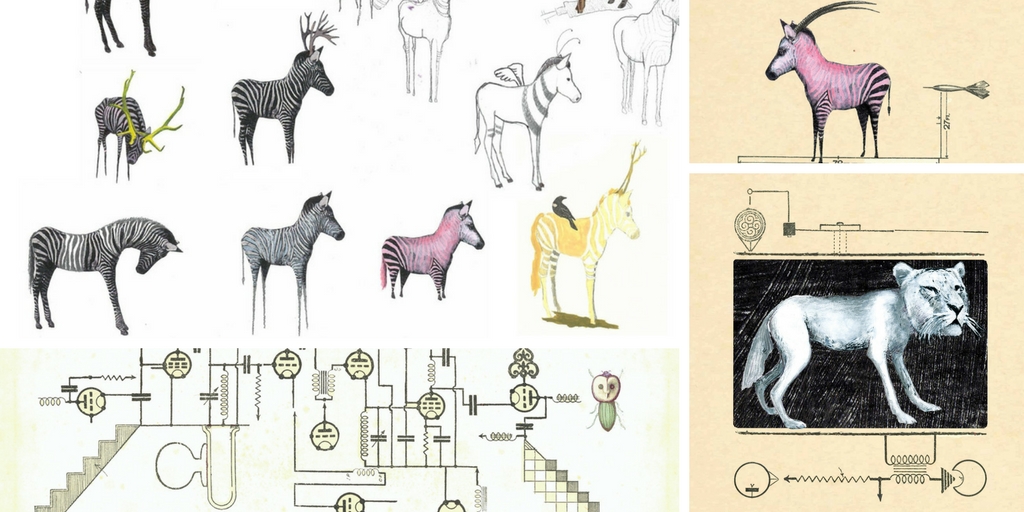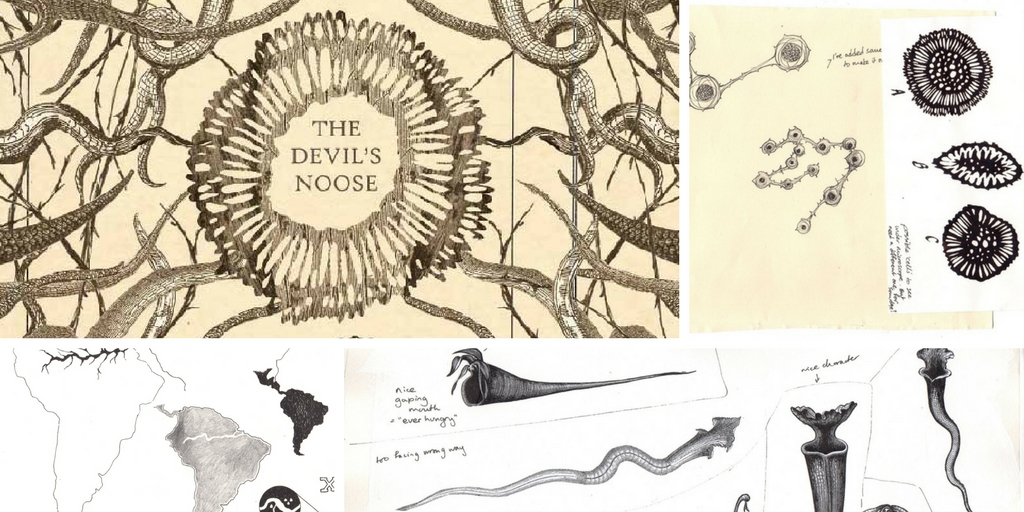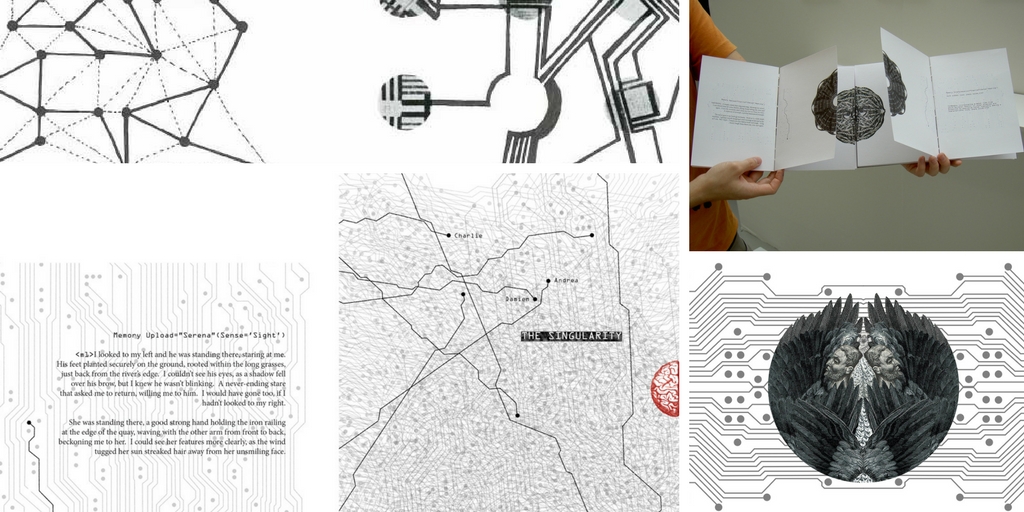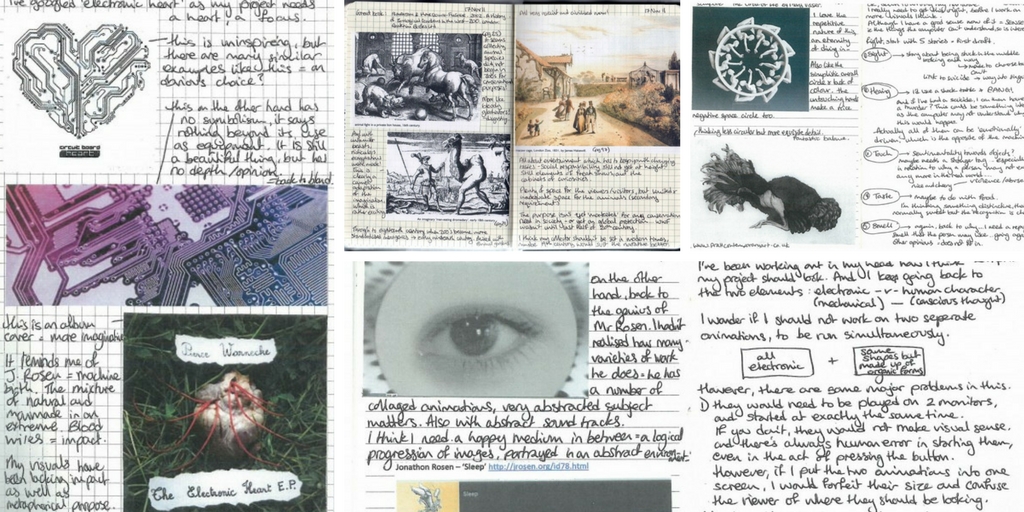I’m interested in researching environmental factors and how they intersect with narrative drives, in both written and visual forms. Considering subjects as disturbing as the extinction of species and the effects of human destructiveness on the natural world (an extensive topic I know), through to creating fictional feasts with a dystopian outlook. It is a serious subject, but one that I often portray in a less serious way, however, never forgetting the consequences of our actions.
I enjoy portraying fictional narratives based in part on factual evidence. Here are some my favourite sources of information and inspiration:
- Ernest Griset: Fantasies of a Victorian Illustrator
- Inventing the 19th century
- Playing with pictures: Victorian
photocollage - Tree Talk: memories, myths and timeless customs
- When Elephants Weep: the emotional life of animals
- Wicked Plants: plants that kill, maim, intoxicate and otherwise offend
- Zoo: a history of zoological gardens in
My research has increased my interest in creating alternative future scenarios but keeping a foothold in the past, linking the stories with a nostalgic edge, often via the use of appropriated imagery as well as by choice of language and terminology.
Here are a few examples of my projects:
Project 1: The Extinction Collector

This tale looks at the extinction of animals by humankind. Using appropriated imagery to connect to the Victorian era as a setting, whilst constructing fictional creations to inform a lost alternate future. Using a straightforward and informative writing style to add plausibility to the unfortunate incidents of human error that rid the world of those (slightly) unfamiliar beasts.
The ethos behind this project considers that of the Victorian collector, during the so-called heydey of taxidermy and species collections.
With rather quirky characters and a plot-line filled with a catalogue of errors, I incorporate humour and story-telling to underpin the fragility of life, in the construct of fictional extinction scenarios.
Project 2: The Devil’s Noose

My written style encompassed the journal as a form of the first-person narrative, to aid the audience a closer empathy for the protagonist, even though he often behaved in a seemingly compassion-less manner towards his love interest.
I added a second layer of narration to the format, accompanying his words in the main body of the text, but also adding handwritten notations and drawings supposedly from his own hand, to portray his sub-conscious thoughts within the story.
Looking again at the Victorian era but at the phenomena of plant hunting. With research into grand expeditions that took individuals around the world to collect and return with exotic flora to dazzle and amaze high society on home shores.
I created an alternate future reality, in which we would all be under threat of extinction due to blind human endeavours, as plant life takes over and consumes the animal and human world.
Using some degree of factual evidence to add a little plausibility to the narrative, but also touching on the absurd for audience entertainment but still putting across a serious topic of the threats to our very existence.
Project 3: The Singularity

Consideration of the continued existence of human-kind through an artificial machine environment. The Singularity is a theory based on technological advances that allow an intelligent connection between man and computer.
Told in the style of stream of consciousness, to give a more emotional viewpoint of the body-less experience. Creating snapshots of human memories in opposition to their electronic environment, which in itself has a voice played out as clinically written dictionary descriptions. The plot considers how emotional memories and human senses can be misinterpreted by a non-emotive entity, a study of ontological ideas.
And for a glimpse behind the visuals, here are a few pages from my journals, so you can see a little of my thought process and background context to some of my authorial work:
